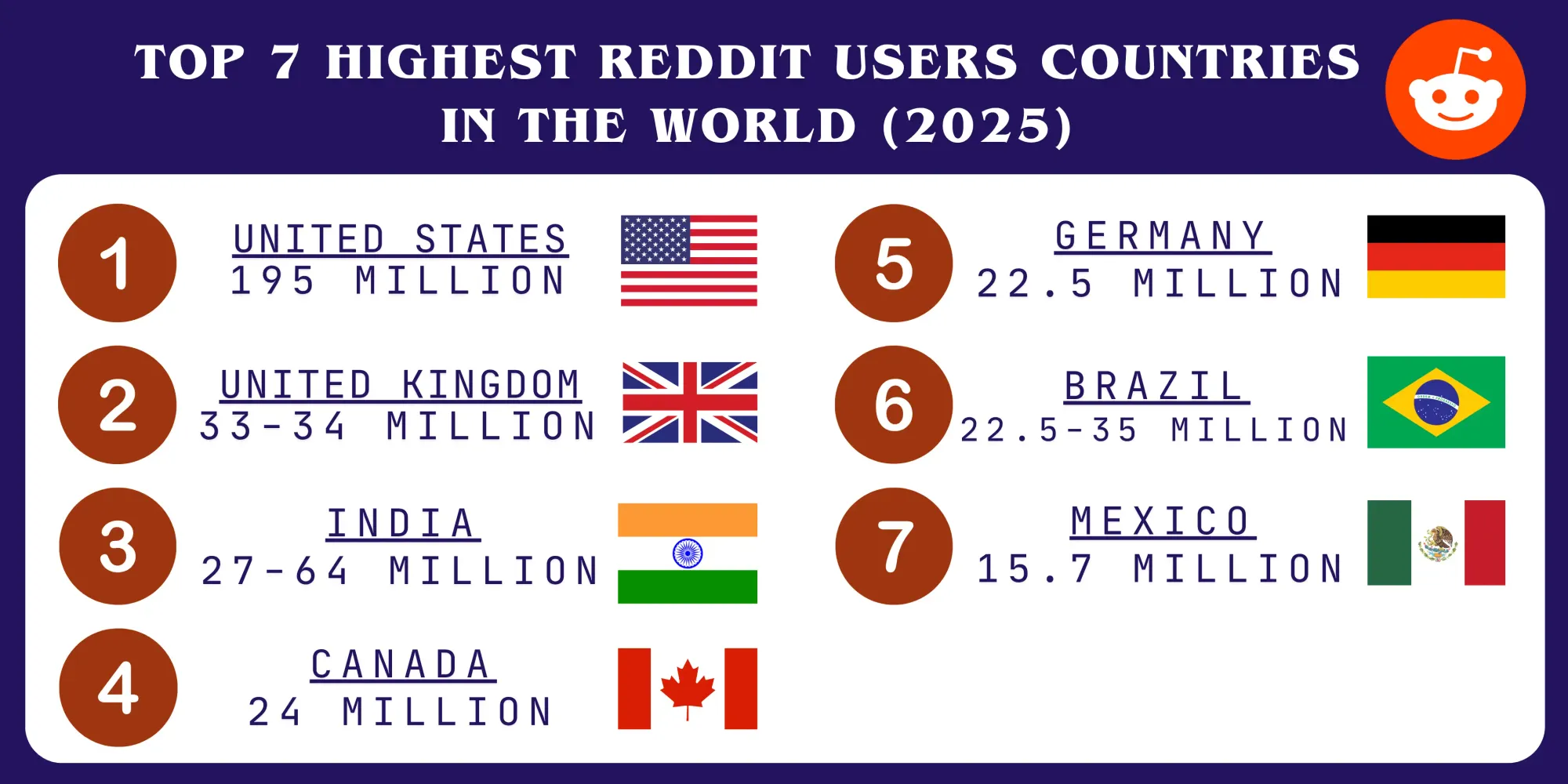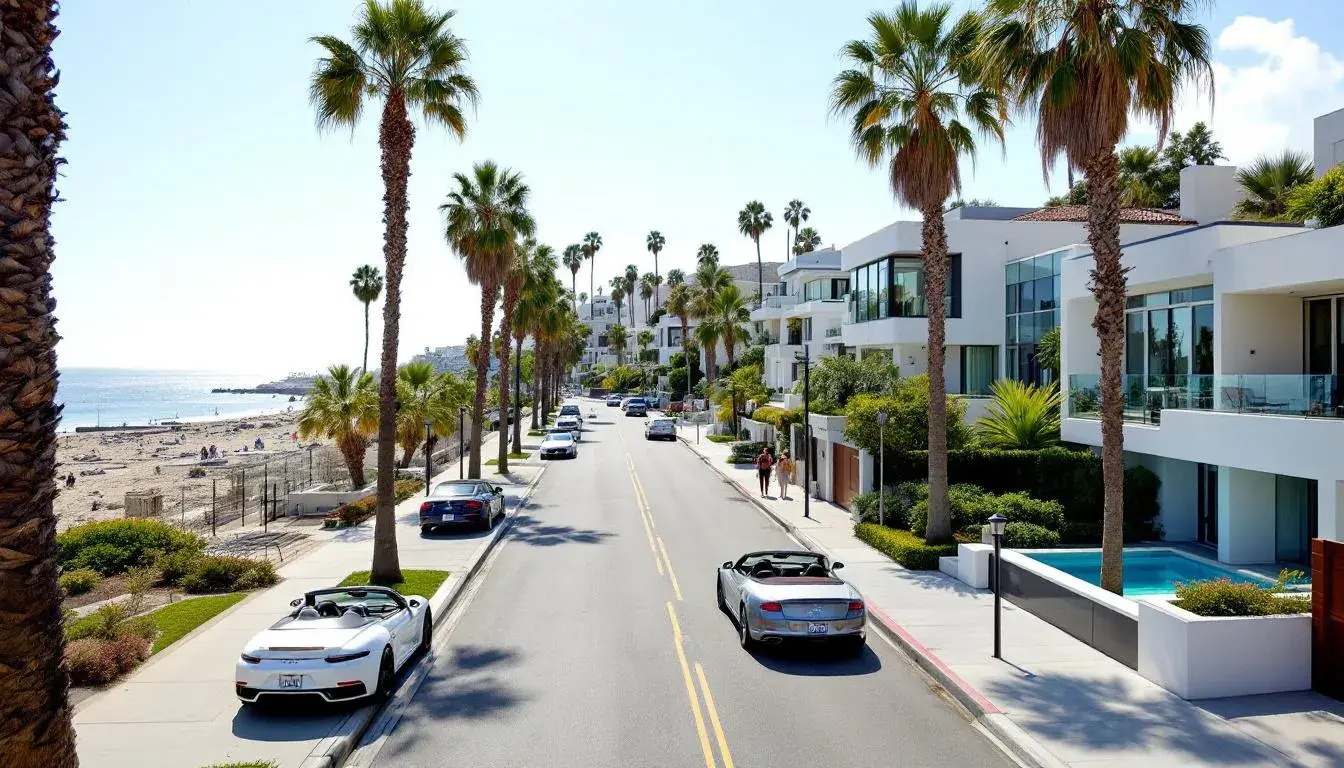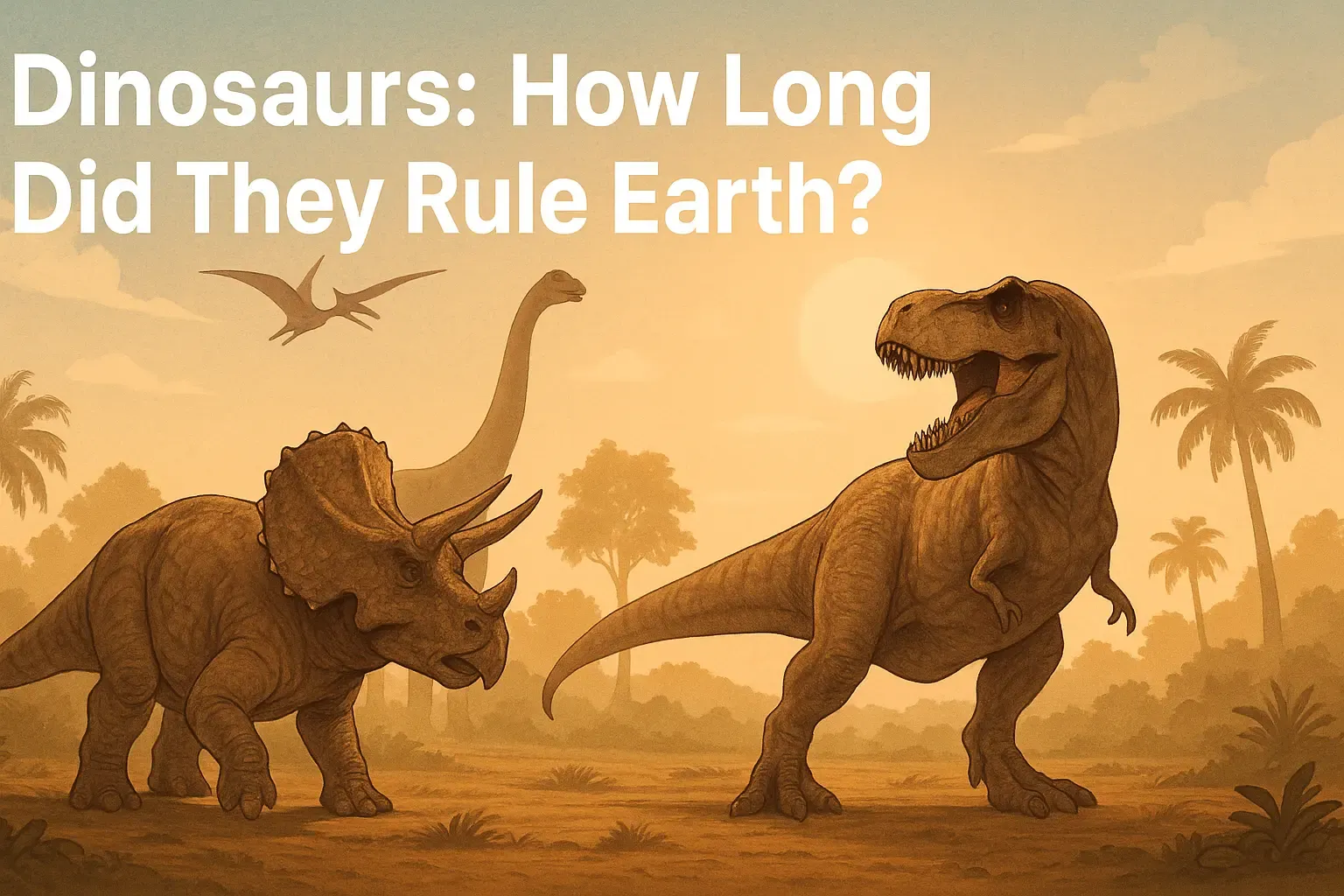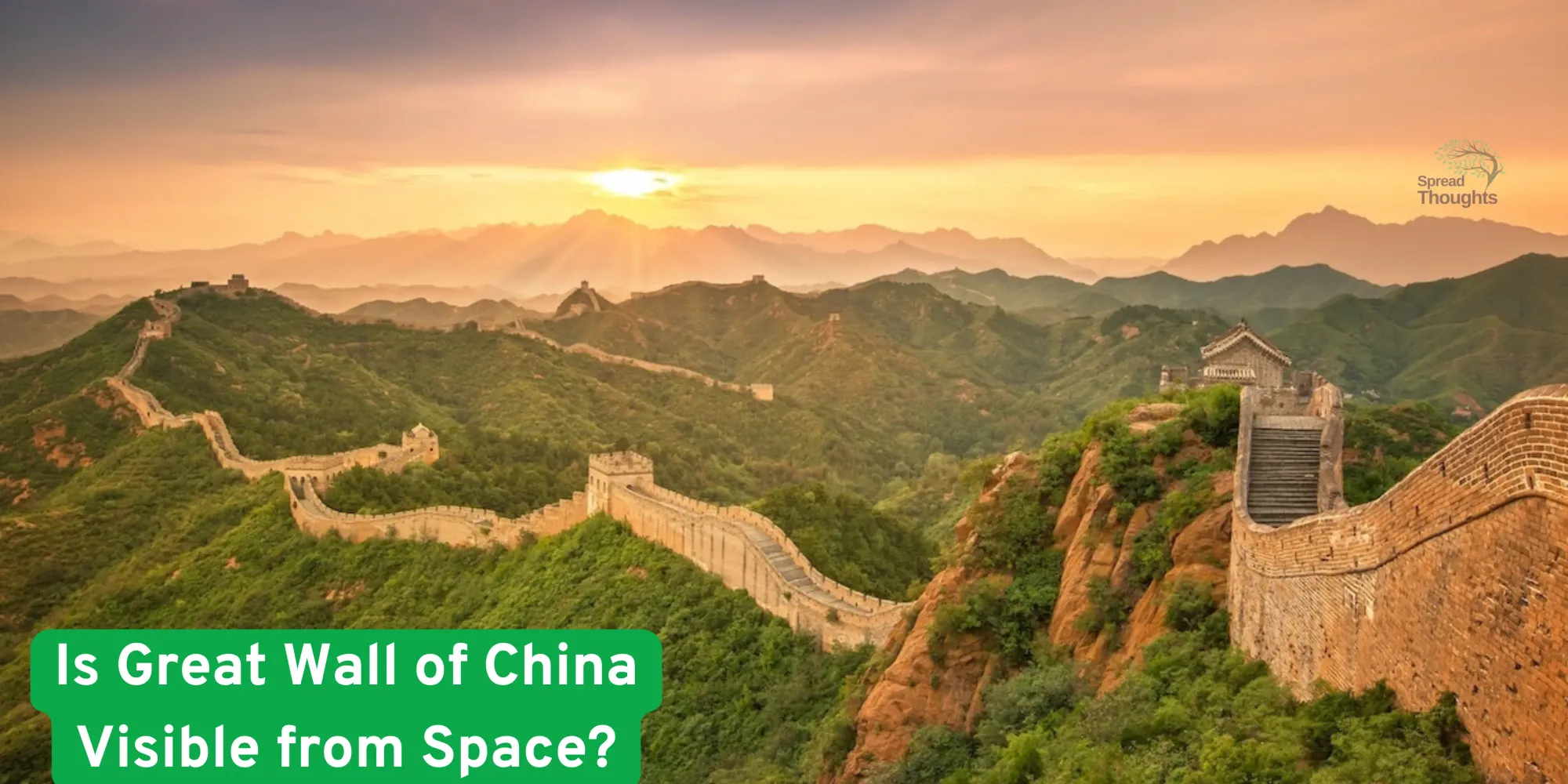A photo of a beach where snow, sand, and sea have gone viral and is being called “Hokkaido Beach”. But here’s the thing: it’s the Tottori Sand Dunes on Honshu! Don’t worry, Hokkaido, Japan’s northern island, in a country with many landscapes, has its beaches where winter snow meets sandy shores, and it’s surreal. This guide will show you these coastal wonders, travel tips, and insights for those who are fascinated by the combination of sand and snow on Japan’s beaches. Hokkaido is famous for its natural beauty, but elsewhere in Japan, cities are cultural hubs and popular travel destinations.
The Viral “Hokkaido Beach” Myth
The picture that went viral around the world shows snow-covered dunes with the sea behind during the winter months of December to February. But the so-called “Hokkaido Beach” is a misnomer. The photo was taken at the Tottori Sand Dunes, which is located within the San’in Kaigan Geopark, a Japanese Geopark in western Japan on Honshu island, not an island.
This is a rare phenomenon where golden dunes are covered with white snow, creating a beautiful contrast with the blue Sea of Japan. San’in Kaigan Geopark covers three cities and has geological sites related to the formation of the Sea of Japan. Visitors can enjoy winter activities such as sledding and snowshoeing on the dunes and then relax in nearby hot springs (onsen). While Tottori’s dunes are the main attraction, Hokkaido Island has its winter beaches that combine snow and sand in equally amazing ways.
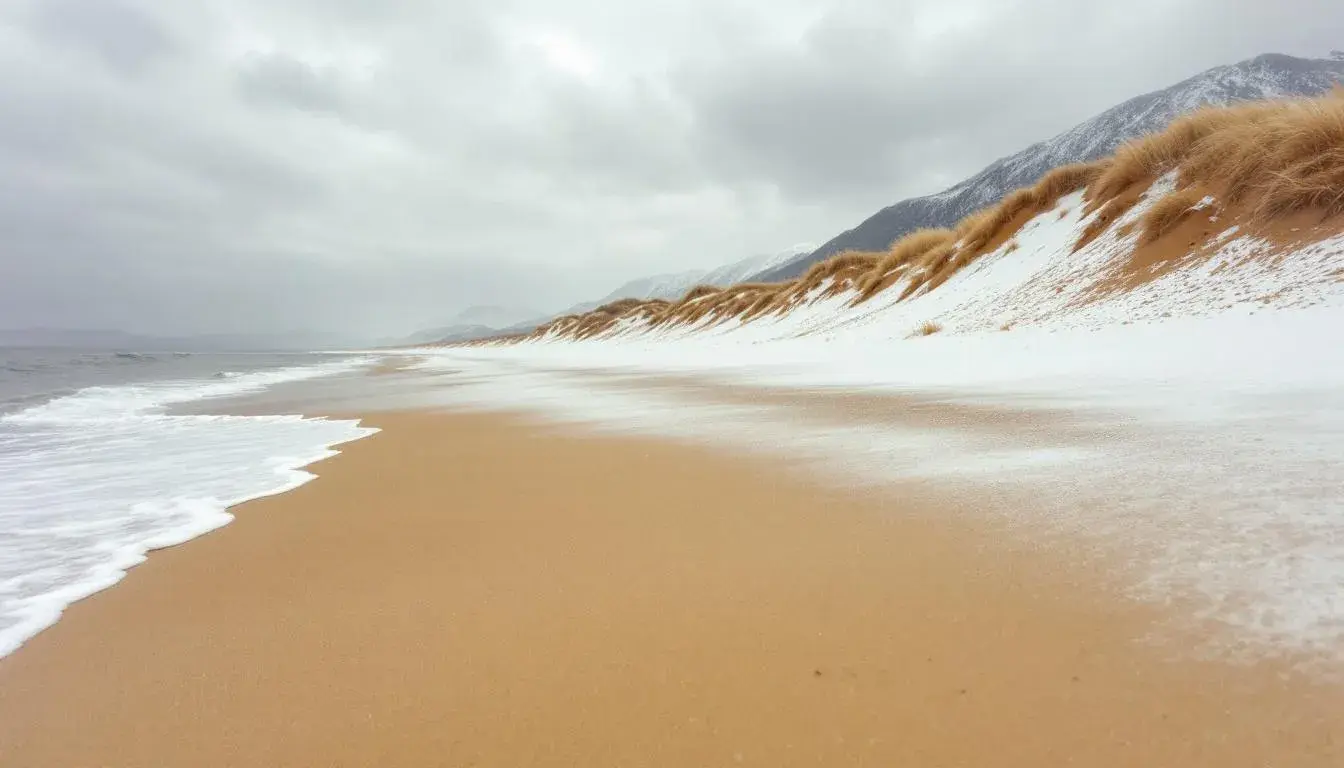
Hokkaido’s Beaches: Where Sand Meets Snow
In Hokkaido’s north, snow covers the coast from December to February. This creates a sand-and-snow effect on some beaches and drift ice from the Amur River in Russia. The ice arrives at the beaches in late January and the shore becomes a one-of-a-kind landscape where snow and sand meet. You can enjoy the ocean view, gentle waves rolling in, and the sun shining on the beach. Many people spend their time here lounging on the sand, swimming when the conditions allow, and exploring the nearby towns and city areas that make these beaches so accessible.
Itanki Beach (Muroran)
Itanki Beach is famous for its “singing sand,” where you can hear the sand singing under your feet. In winter, the beach is covered in snow, and the sand and icy blue sea make for a beautiful contrast.
Shimamui Beach (Shakotan)
Shimamui Beach is famous for its clear waters and rocky shores, and in winter, it becomes a peaceful winter wonderland where the snow softly blankets the rugged coastline. The geological sites here include ria-type coasts and bars, so it’s a nature lover’s paradise.
Otsu Beach (Toyotomi)
Otsu Beach is famous for its “jewelry ice,” where mini icebergs that look like gems wash up on the beach in winter. This beach offers great views of drift ice on the Sea of Japan and a surreal winter landscape.
Seals and majestic sea eagles visit these areas, and rare plants thrive in the surrounding UNESCO Global Geopark. White snow, sand, and blue sea, what a combination!
Why Visit Hokkaido Beaches in Winter?
Winter beach in Hokkaido island is a one of a kind experience where sand, snow, and sea come together in perfect harmony. Here’s why you should:
- Snowy beach walks for peaceful getaways and photography
- Icebreaker cruises from Abashiri to see the drift ice up close
- Join a guided walk on the ice, with dry suits provided for safety and comfort, to explore the frozen landscape and see local wildlife
- Onsen for relaxation after outdoor adventures
- Winter festivals with snow sculptures and light shows
- Wildlife spotting, red-crowned cranes, and Blakiston’s fish owls
- Uni and crab at a cozy ryokan stay
How to Reach Hokkaido Beaches
Travelers can fly into New Chitose Airport to access Hokkaido, then use buses, trains, or rent a car for flexibility. January and February are the best months for experiencing the snow and sand phenomenon. Booking accommodations early is recommended during this peak season.
Tips for Visiting Hokkaido Beaches
- Pack warm layers, snow boots, and waterproof gear for snow and sea spray.
- Visit December to February for snow; June to August for summer Seashore vibes.
- Be careful of strong currents; some seashores, like Itanki, are not safe for swimming.
- Respect the environment and UNESCO Geopark rules; don’t litter.
- For photography, shoot at sunrise or sunset to get the best light on snow, sand, and sea. Take unique shots of snow, sand, and sea, and if conditions allow, try to get mirror shots on the sandbar for great pics.
Local Culture and Winter Beach Events
Winter in San’in Kaigan Geopark and Hokkaido Island is a season like no other, where snow, sand, and sea come together to create an almost alien landscape. From the dramatic Eastern Kyogamisaki Cape in Kyoto to the famous Western Hakuto Kaigan Coast in Tottori, this UNESCO Global Geopark is known for its Sand hills, intricate sand bars, and ria-type coasts. As snow covers the shore and drift ice comes from the Amur River, the area becomes a winter wonderland that attracts tourists and locals.
In winter, you can see a rare phenomenon: mini bergs and sheets of ice washing up on the Seashore, mixing with the soft sand and creating amazing views that are a photographer’s paradise. Guided walks on the ice near the Shiretoko Peninsula are a real adventure, with dry suits provided for those who want to get up close to the frozen sea. Keep an eye out for sea eagles flying overhead and the unique wildlife that lives in this cold climate.
February is the month when the cultural calendar comes alive in the Abashiri Okhotsk Drift Ice Festival, a must-see for anyone visiting Hokkaido. This is the time to celebrate the arrival of Siberian drift ice with beautiful ice sculptures, local food stalls, and hourly cruises to experience the ice from the water. It’s a festival where visitors and locals mix and mingle and enjoy the season together.
Nature lovers will also love the rare plants like Pseudolysimachion ornatum and Ranunculus nipponicus that bloom in the valleys and sand bars of the geopark. The geological sites from ancient volcanoes to Sand hills are a treasure trove for travelers who want to explore Japan’s natural wonders.
Whether you want to adventure on the ice, relax on a snow-dusted beach, or immerse yourself in local culture, the best beaches in Japan, like Shimamui Beach, have something for everyone. The contrast of white snow against golden sand and deep blue sea is just breathtaking. From skiing and snowboarding to sunbathing and swimming, Hokkaido’s winter beaches are a unique escape for travelers from India, Tokyo, and around the world. So why not plan your trip and experience the magic of Japan’s dunes and snowy shores for yourself?
Beyond the Beach: Hokkaido’s Winter Wonders
Add more to your trip:
- Shiretoko Peninsula National Park, a UNESCO World Heritage Site
- Kushiro Shitsugen for red-crowned cranes
- Otaru Canal in winter
- Niseko and Rusutsu for powder snow
- Sapporo Snow Festival in February
Hokkaido has more than the Seashore. It’s a winter wonderland.
Conclusion
Whether you’re chasing the snow-sand-sea scene at Hokkaido’s icy shores like Otsu Coast, Japan’s winter Coast is a must-see. From drift ice cruises to onsen dips, these destinations combine nature’s magic with adventure. Pack your snow boots and camera, Hokkaido’s coastal wonders await! Ready to book? Check out our links or comment below.
Frequently Asked Questions
Where do snow and sand meet in Hokkaido?
Snow and sand meet on several beaches in Hokkaido during winter, such as Itanki Coast, Shimamui Beach, and Otsu Beach.
Which places in Hokkaido have both snow and sand?
Beaches like Itanki Beach, Shimamui Beach, and Otsu Beach have snow on the sand during winter.
Is there a beach in Hokkaido where snow falls on the sand?
Yes, many beaches have snow falling and covering the sand.
Where does winter kiss the shore in Hokkaido?
Snowy beaches in Hokkaido are found at Itanki Beach, Shimamui Beach, and Otsu Beach, where winter snow meets the shore.
Where do the white snow and golden sands blend in Hokkaido?
This happens on Hokkaido’s coastal beaches during winter, especially at Itanki, Shimamui, and Otsu Beaches.
In Hokkaido, where does the sea embrace both snow and sand?
The sea embraces snow and sand along Hokkaido’s beaches, Shimamui Beach and Otsu Beach, especially in winter.
Which Hokkaido beach turns into a snowy shoreline in winter?
Itanki and Shimamui Shore become snowy shorelines in winter.
Where can you walk on sand while snowflakes fall in Hokkaido?
Itanki Shore in Muroran is famous for its “singing sand” and snow cover, so you can walk on sand while snow falls.
Does Hokkaido have a that are covered in snow during the Seashore with snow in winter?
Yes, Hokkaido has several shores that are covered in snow during winter.
Can you find snow-covered beaches in Hokkaido, Japan?
Yes, the snow-covered Coast is in Hokkaido.
Where to see snow on a beach in Japan?
In Japan, snowy shores are in Hokkaido at Itanki Shore, Shimamui Shore, and Otsu Shore, from December to February.
While Hokkaido offers snowy beaches in winter, some travelers may prefer the sun-soaked coastal lifestyle of Celebrities Who Live in Santa Monica.





